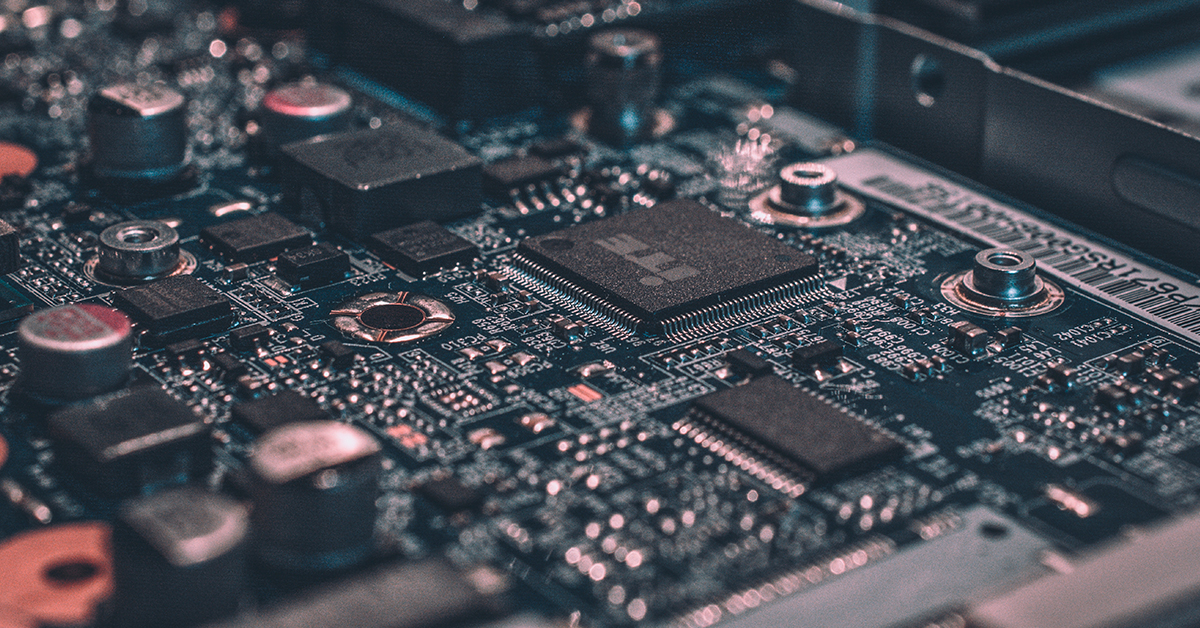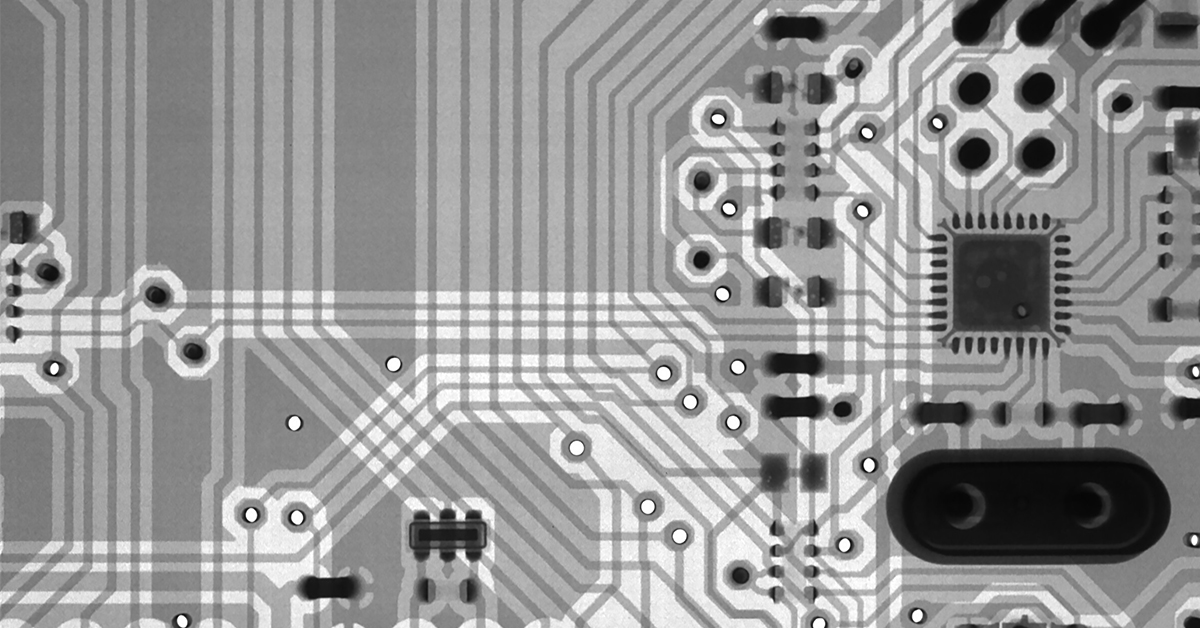On April 19th, 1965, Gordon Moore wrote a technical paper that predicted the increase of computing power. He initially observed that the number of transistors per square inch on integrated circuits had doubled every year since ICs had been invented, and he later perfected the law doubling time to two years.
This month, Moore’s Law turned 50. To this day his prediction holds true, but it might not reflect reality in a few years from now. The reason? Our need for ever-smarter computers requires that we rethink the way we build them, and perhaps even the way we operate them.
“In the beginning, it was just a way of chronicling the progress,” Moore said in an interview with the BBC. “But gradually, it became something that the various industry participants recognized as something they had to stay on or fall behind technologically. So it went from a way of measuring what had happened to something that was kind of driving the industry.”
Mark Bohr, Intel’s director of process architecture and integration, tells the British broadcaster that having Moore’s law as a guiding north star has kept the industry on pace, driving competition and churn. Without it, we’d still be using the desktop PCs from a decade ago, he said.

Photo by Alexandre Debiève on Unsplash
Who will break the law, and when?
Bob Colwell, Intel’s ex-chief architect, made some waves a couple of years ago when he publicly announced his prediction that Moore’s Law would no longer apply starting with 2022. Most scientists agree.
The problem lies in the key ingredient used to make the chips – silicon – and how we build and operate computers. Silicon, for its part, has a physical limit where it becomes unusable as a semiconductor to create the tiny transistors that make up a chip. As we start to look at new materials, like graphene or phosphorene, the computer’s architecture also needs to be reimagined.
There are a few tech juggernauts who are currently trying to tackle the problem, and perhaps even breathe new life into Moore’s Law. Andrew McAfee is one of them. The developers he spoke to say there are code-centric advances that make Moore’s Law look “ridiculous in comparison.” However, if we find a way to translate the law and apply it to software, it would reignite it. Startup QxBranch is also pushing hard to ensure that Moore’s law lives on – through quantum computers.

Photo by Mathew Schwartz on Unsplash
“Half-way there”
Going by a pair of articles in the Business Insider (1,2), recent advancements in quantum computer development bodes well with the predictable demise of Moore’s Law. Breakthrough research from UCSB and Google has given birth to the first stable array of nine qubits (quantum bits, the counterpart in quantum computing to the binary model in classical computing). This prevents errors that were previously impossible to fix. It’s not the last piece of the puzzle, but according to MIT physicist Scott Aaronsen, this particular experiment gets us “half way there.”
One major difference between traditional binary computers and quantum computers is that the latter promises to address “unsolvable problems.” While a regular PC can encode information in only one of four possible combinations (00, 01, 10, 11), a quantum computer can juggle all four at once. Problems that take years to solve with today’s computers would be tackled in hours, perhaps even minutes by a quantum computer.
An extra benefit is that quantum computers can learn from experience, being able to tweak the code of an erroneous program and stop certain problems from arising in the future.
The 5 nanometer limit is assumed by some experts to mark the end of Moore’s law. Chips today are made on a 14nm scale, shrinking by a factor of two once every two years. Quantum computers are still in their infancy, so the next problem to solve will be to switch from silicon to a new semiconductor that allows us to shrink transistors even further – and buy us some time.
Post A Reply